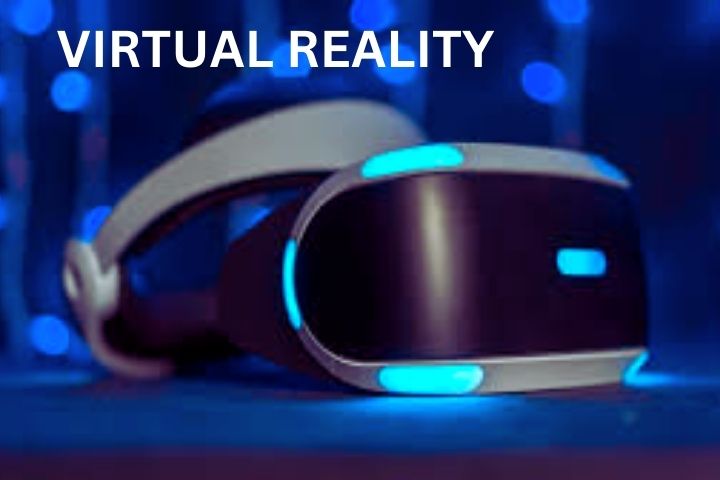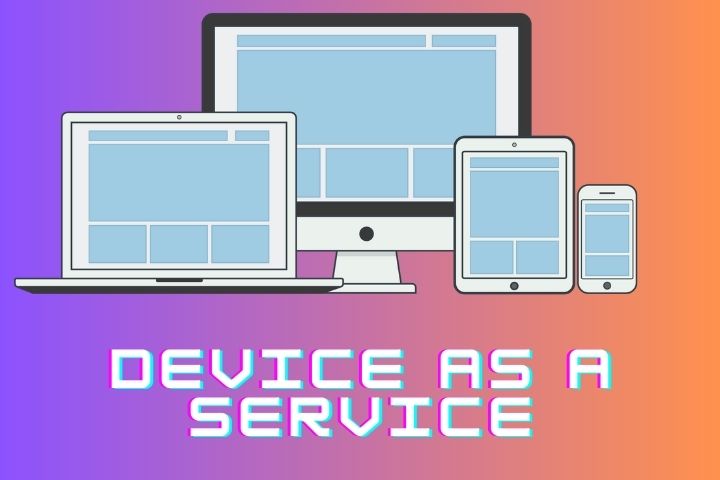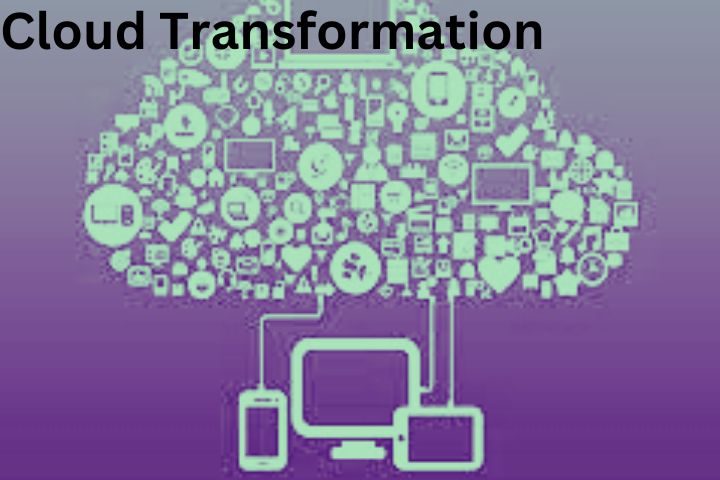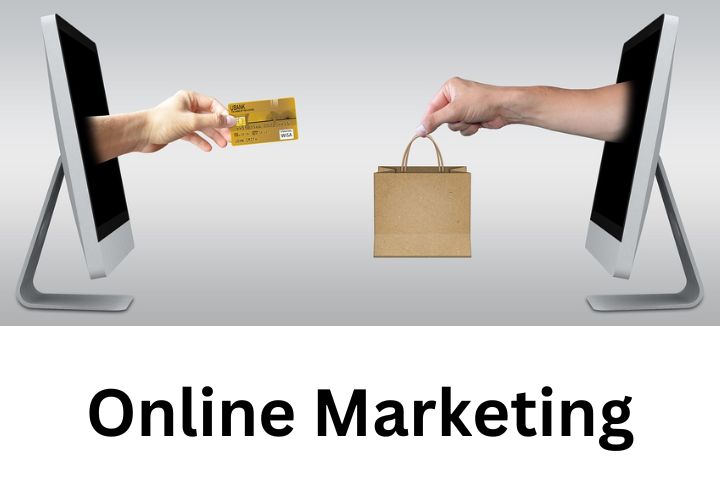
Virtual Reality (VR) technology is already part of the daily workflow in some industries. Above all, automotive manufacturing, mechanical engineering, architecture, logistics, and supply companies use VR glasses in design, production, or test environments. However, medical therapies, training measures for the workforce, or design work are also possible in VR.
More and more companies offer their employees home office or remote work, i.e., work from anywhere. Virtual offices can be set up here to increase efficiency and make it easier for individual teams to work together. VR glasses are helpful in many areas and improve everyday work.
What does virtual Reality mean?
Virtual Reality, abbreviated VR, is a computer-generated three-dimensional ( 3-D ) representation and perception of images and sound in a virtual environment. Users can receive and interact with data in real-time in the virtual environment. The presentation is on a large screen, in a particular room (Cave Automatic Virtual Environment, abbreviated CAVE), or via VR glasses.
Virtual Reality includes these areas:
- Augmented Reality (AR) is extended Reality in which the actual environment
- is supplemented with virtual objects.
- Mixed Reality (MR) is a further development of AR technology in which users
- use special AR glasses. In mixed Reality, there is increased interaction
- between the natural environment and virtual objects.
- Virtual Reality (VR), in which users look around and move around in a completely virtual world using VR glasses
What are VR glasses, and what can they do?
VR glasses are special glasses in which two high-resolution displays generate digital images. Thanks to a coupled sensor system, the VR glasses adjust the images accordingly when the user moves their head.
If the new images are generated in less than eleven milliseconds, the impression of virtual Reality is created in real-time.
For VR glasses to work satisfactorily, they need powerful processors and graphics support. In addition, users must install the appropriate software compatible with the operating system.
Virtual offices: Individual & efficient
A home office is only the ideal solution for some employees. Although there are advantages, such as no travel time for the journey and flexible working hours, many employees miss the direct exchange with the other members of their department or team.
In a virtual conference, body language and facial expressions do not reach the other person as clearly as in three-dimensional space, even when using a camera. In a virtual office, contact is easier to establish, and work is more efficient.
The conference can also be relocated to different locations so that local conditions can also be taken into account.
The benefits of working in VR
Companies that are already using VR in their everyday work report these advantages:
- Applicable in various areas such as production, development, marketing, or meetings
- Innovative technology that can attract new employees.
- In the case of sensitive data, data protection is guaranteed at all times since only the user
- can see the data in the VR glasses.
- Training in dangerous situations is possible in a protected environment.
- Travel and overnight stays for the staff for training purposes, and meetings
- are no longer necessary, therefore cost-saving and efficient.
In general, companies working with VR are considered modern and innovative. This makes it easier to hire new specialists, as there are many applications for vacant positions. The HR department can also use VR in the recruiting process.
The VR Office also has limitations.
Working in virtual Reality also has disadvantages for users. Some users of VR glasses report dizziness, nausea, and disorientation. This is cognitive overload of the brain. In this context, experts speak of simulator sickness or motion sickness. Symptoms often subside after a few exercise sessions.
Some companies decide against a VR office because they fear the high costs of purchasing VR glasses and the appropriate software. However, many VR glasses also work with standard computers via the existing Windows tools, so companies only have to finance the purchase of the glasses.
VR glasses are like noise canceling – only for the eyes.
When companies use VR glasses daily, users report concentrated work without distractions. That’s because the glasses work like noise-canceling headphones for the eyes. The users are not distracted by objects or movements in space but can concentrate fully on the three-dimensional vision in front of their eyes. This leads to intensive engagement with the task at hand and efficient work.
The future is called VR.
Companies from many industries can increase their productivity and efficiency by using VR glasses in different areas. Whether in production, development, or the office – the Lenovo Think Reality A3 VR glasses recommended by the IT service provider Bechtel are the perfect solution.
It is a comfortable and ultra-portable AR glass that can be used in many ways. The impact-resistant industrial glasses with side shields protect the users’ eyes from injuries. At the same time, the glasses offer absolute data protection and easy integration into existing Windows applications. In combination with the Lenovo ThinkPad P1 Gen 5, you bring virtual Reality into your company.









